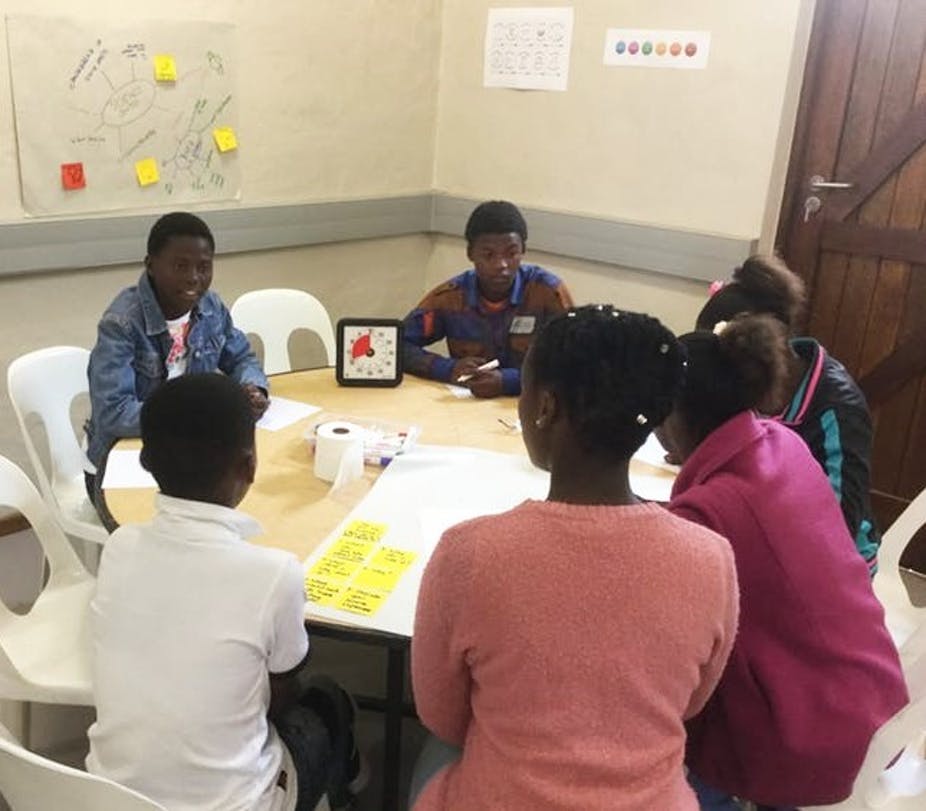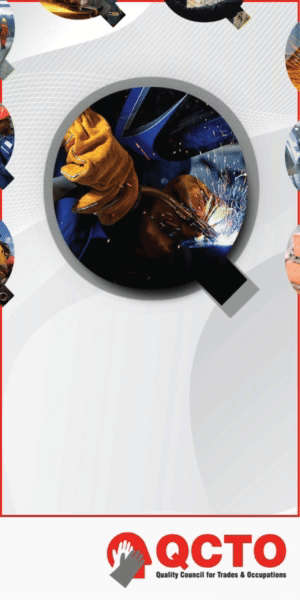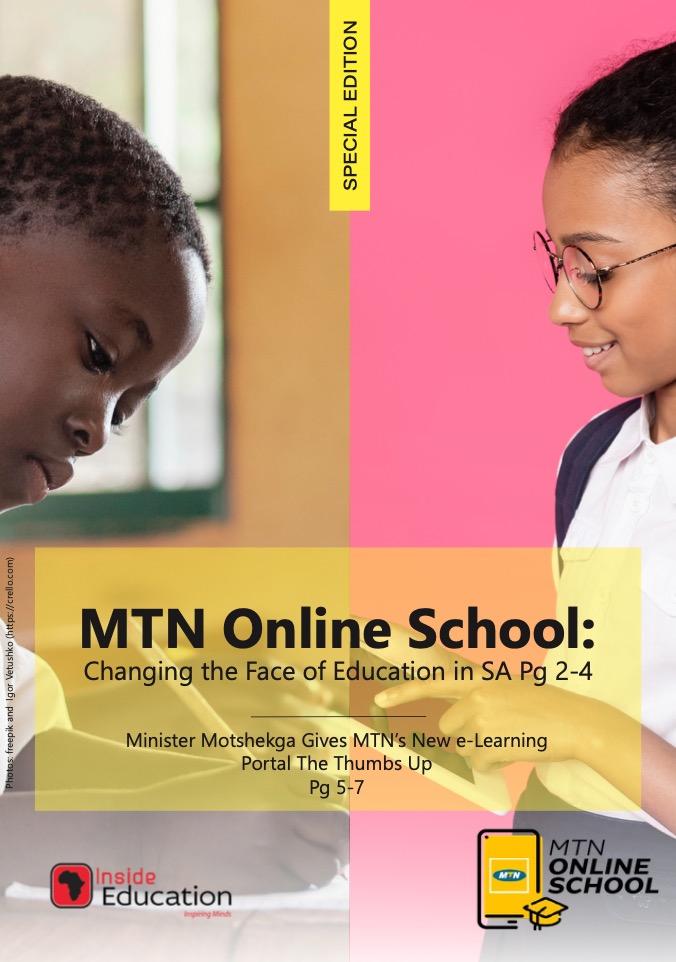One of South Africa’s many complex challenges involves fixing and improving its education system. As part of this, the government has come up with a national strategy for three crucial teaching and learning areas: mathematics, science and technology. The aim is to strengthen how the subjects are taught using curricular methods and learning support materials.
The establishment of science centres for young people is one of many initiatives that it’s hoped will contribute to the strategy. The Inkcubeko youth and science centre in the Southern Cape town of George is one such space. It aims to provide a “safe, supportive learning and play environment for the youth and children of Thembalethu [the area’s largest township] and the greater George area”.
Traditionally, these kinds of projects are designed by architects who barely engage with the people who’ll eventually use the space. Everything from the way the centre looks to the programmes it offers is developed without consulting the end users. This approach neglects the local context and the needs of the people who will actually spend their time in such a centre.
Inkcubeko is funded by the Hasso Plattner Trust, which also established the Hasso Plattner Institute of Design Thinking at the University of Cape Town, where I work. So when it came to creating the new centre, we decided to try something different. We applied design thinking to what it would look like and how it would operate.
This approach encourages critical thinking, creativity, collaboration and empathy. It also means that possible solutions are prototyped and tested with the users – the young people who will spend time playing and learning at Inkcubeko.
What we’ve been able to achieve is powerful evidence that developmental strategies in Africa need to be driven by designing “with”, rather than “for” people. Involving the users from the beginning ensures there is a shared understanding of the problem and that the solution is relevant to the context. This applies whether you’re creating a science centre in South Africa or a community hall in Malawi.
Getting kids thinking about design
We brought together 117 kids from 16 different schools in Thembalethu and surrounding areas. Their ages ranged from 7 to 18, and we put them in teams of five or six that reflected their diverse backgrounds and the kinds of schools they attend. The project lasted over four days and involved all-day intensive workshops.
Each team created its own charter, which clarified norms and values. It also established basic etiquette for working together, like respect and helping each other. This was developed after each team member had shared what they valued, such as listening to each other and being heard.
Then we assigned different tasks to each team. Ultimately, the idea was for the youngsters to really immerse themselves in imagining what a science centre in their community could look like.
The teams were asked to create a shared understanding of what science is, and what things they associate with science.
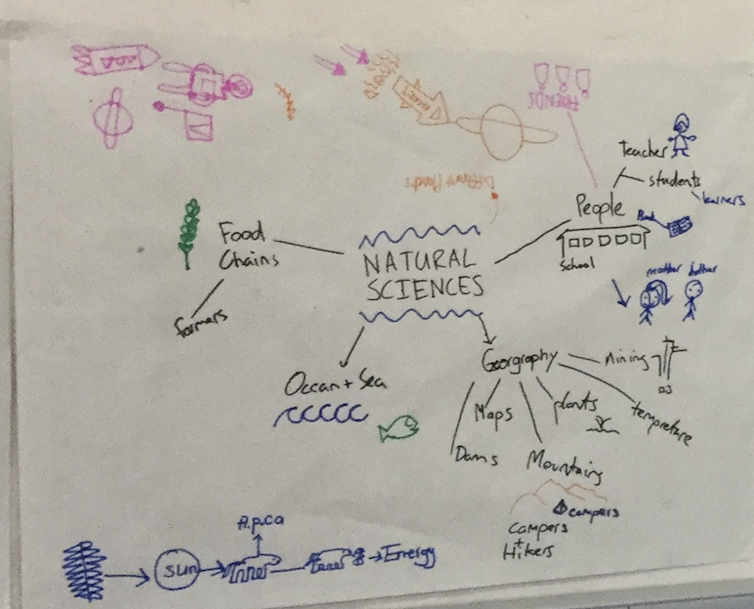
HPI at UCT
This section proved very interesting. The children surprised themselves: they realised they knew more about science than they thought, and found it exciting to visualise their thoughts and understanding. They also mapped out the stakeholders who operate in the systems in which science exists. This helped us as facilitators to see who they viewed as being important within the science education space.
The children were also asked to interview other young people to gauge their ideas about “science” and what a science centre might look like. The facilitators then helped the teams to make sense of the information they’d gathered so they could identify specific needs. Some of these included wanting to feel safe, wanting to learn more about different aspects of science and wanting to find mentors.
Identifying real needs allowed them to transition from finding problems to finding solutions.
Bringing the centre to life
Now it was time for the children to prototype an idea. Each team developed their own prototype; these will be synthesised by those who will actually run the science centre. In this way, their ideas will be incorporated into the eventual science centre, making it a real community space.
Prototyping is one of the key components of design thinking. It is a simple experimental model of a proposed solution – a way for the teams to make their idea tangible. Some were common to all teams, like ensuring the science centre was a “safe space”. Other ideas included different spaces – one for watching experts conduct science experiments; one for reading; another for watching science videos.
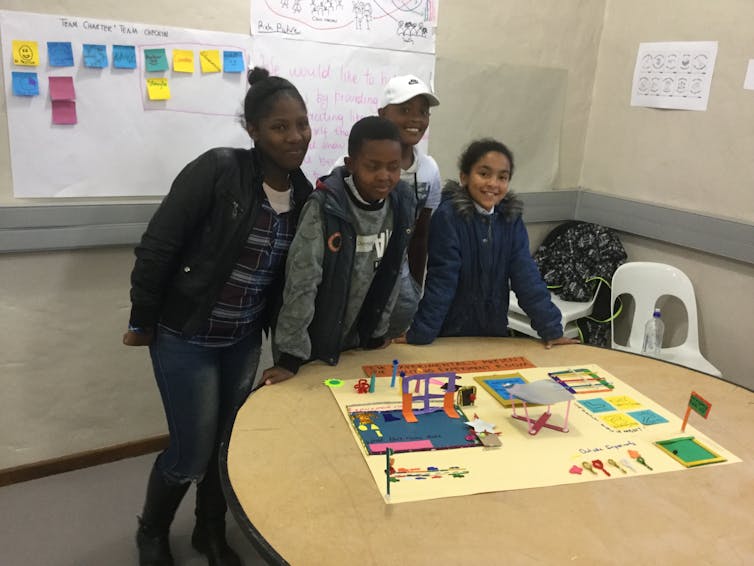
HPI at UCT
.![]() The children loved how active all of these workshops were. This kept them engaged throughout the process, and showed how creative teaching and learning strategies – like those exemplified in design thinking – could trigger more interest in science.
The children loved how active all of these workshops were. This kept them engaged throughout the process, and showed how creative teaching and learning strategies – like those exemplified in design thinking – could trigger more interest in science.
Keneilwe Munyai, Programme Manager, University of Cape Town
This article was originally published on The Conversation. Read the original article.

